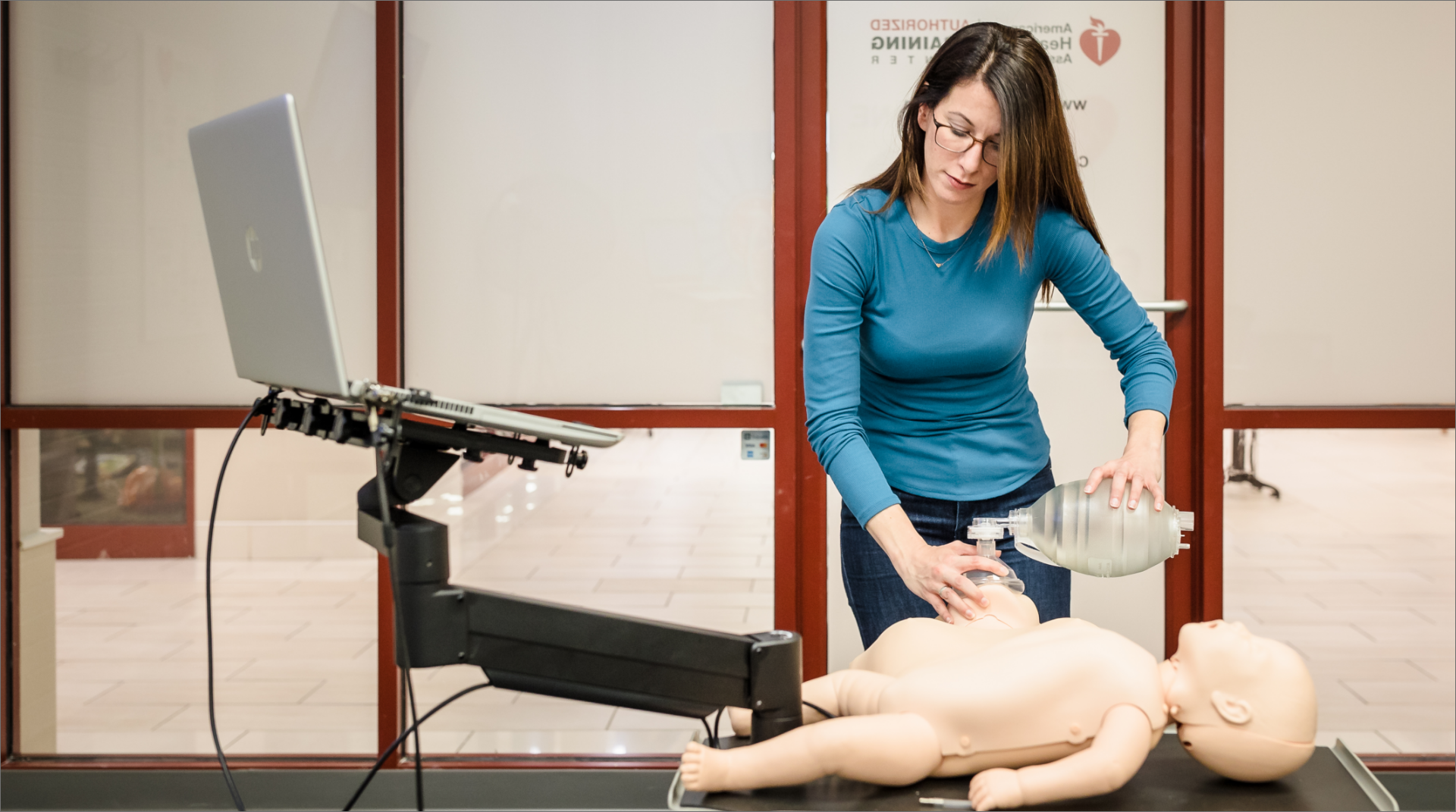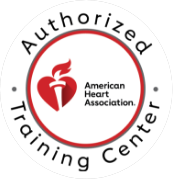

CPR Resource Center
The most comprehensive library of emergency training resources — including videos, articles, downloads, and more.


The most comprehensive library of emergency training resources — including videos, articles, downloads, and more.
I was recently asked “Who is qualified to perform routine inspections of automated external defibrillators (AEDs)?” My short answer is everyone and anyone but as with most things, there is room for an expanded discussion and some clarification. Bear in mind that there are validated reports that indicate that many AEDs may not be in a state of readiness for use in case of an emergency. The vast majority of these reported failures result from negligent monitoring. Let’s talk about this further because while anyone and everyone can perform inspections, there needs to be a dedicated person and a structured approach to this critical function.
According to the National Academies of Science, sudden cardiac arrest can strike a seemingly healthy individual of any age, race, ethnicity, or gender at any time in any location, often without warning. Cardiac arrest is the third leading cause of death in the United States, following cancer and heart disease. Four out of five cardiac arrests occur in the home, and more than 90 percent of individuals with cardiac arrest die before reaching the hospital.
SCA occurs more frequently that many would guess or imagine. Data reported in the American Heart Association’s Heart & Stroke Statistics – 2020 Update show that sudden cardiac arrest continues to be a major public health crisis with more than 350,000 out-of-hospital cardiac arrests (OHCA) annually in the U.S., nearly 90% of them fatal, according to the report. That is 1 case of SCA every 1½ minutes and ~1,000 people every day. Enough to fill 5 commercial airliners each day or one of our largest football stadiums 4 times each year.
A combination of promptly initiated CPR followed by rapid defibrillation can double or triple a person’s chances for survival. Despite the effectiveness of these treatments, the vast majority of victims do not benefit as bystander CPR rates and use of AEDs are extremely low in most areas. According to 2018 data from the Cardiac Arrest Registry to Enhance Survival, laypersons in the U.S. initiated CPR in only 39.2% of out of hospital sudden cardiac arrests and used AEDs in 7.3% of cases and delivered a shock in 1.7% of cases.
Automated external defibrillators or AEDs can be found in a variety of locations and are used in combination with cardiopulmonary resuscitation (CPR) to treat sudden cardiac arrest, which is described as the abrupt loss of heart function in a person who may or may not have been diagnosed with heart disease. It can come on suddenly or in the wake of other symptoms.
SCA is further described by the American Heart Association as occurring suddenly and often without warning. It is triggered by an electrical malfunction in the heart that causes an irregular heartbeat or arrhythmia. With its pumping action disrupted, the heart cannot pump blood to the brain, lungs and other organs. Seconds later, a person loses consciousness and has no pulse. Death occurs within minutes if the victim does not receive treatment. It is important to note that while linked, heart attack and cardiac arrest are two distinct health conditions.
The U.S. Food and Drug Administration describes AEDs as a type of computerized defibrillator that automatically analyzes the heart rhythm in people who are experiencing cardiac arrest. When appropriate, it delivers an electrical shock to the heart to restore its normal rhythm. The conversion of a ventricular arrhythmia to its normal rhythm by an electrical shock is called defibrillation. Defibrillation is time-sensitive. The probability of survival decreases by 7 percent to 10 percent for every minute that a victim stays in a life-threatening arrhythmia.
The Food and Drug Administration (FDA) regulates AEDs in the United States and closely monitors reports of device malfunctions. Additionally, they review reports from consumers and manufacturers of AEDs. Reporting of adverse events or side effects related to the use of these AEDs can be submitted to the FDA’s MedWatch Safety Information and Adverse Event Reporting Program.
Additionally, the FDA maintains a list of AED devices that are FDA-approved. Certain AEDs that do not appear on this FDA-approved list are considered “legacy devices.” Although some of these legacy devices are still in use, they may no longer be legally marketed and sold.
If you are uncertain about your device(s) you should contact a trusted vendor or the AED manufacturer directly.
As previously stated, the combination of immediate CPR and rapid defibrillation with AEDs can double or even triple the chances of successful resuscitation from SCA. AEDs are truly lifesaving but no matter how helpful a medical device such as an AED can be in saving lives, they are of no use if they are not maintained in a state of readiness. It is unfortunately common for the very existence of an AED at a given location to be something long forgotten, causing repair and maintenance tasks to go undone until it is too late.
To mitigate the risk of device failure, the most common reasons for AED failures should be addressed in a head-on manner and establishing a functional plan for your AED(s). By doing so, their life-saving potential can be maximized and exposure to liability reduced.
Daily, weekly and/or monthly visual inspections of the AEDs must be conducted to ensure they are in working order. A program champion, coordinator or another responsible and designated person can effectively perform and document inspections. This person uses a standardized and written checklist to assess the readiness of the device(s). Also, talk with your authorized vendor or manufacturer regularly to get the latest information about software updates, upgrades or recalls that may affect the device(s) you own and are responsible for.
When AEDs are deployed, implementation requires more than unboxing the device and placement in a wall cabinet. When an entity purchases an AED, formative efforts should be made to ensure that people who work and visit the location are aware that the device is present and accessible. Additional efforts should be dedicated to registering the device with your ambulance service or local AED registry as well as making training in CPR and AED use available. The American Heart Association has a resource for guidance in implementation.
AEDs do perform self-checks at different levels daily, weekly, and monthly, but self-checks will not be beneficial if the machine are not being checked by designated and dedicated program administrators on a disciplined routine schedule.
Here are the common elements examined and documented during regularly scheduled inspections. These elements are not all inclusive and may vary based on location, device manufacturer, model and local practices.
AED owners and responsible parties should review the maintenance information included in their owners’ manuals, as well as their websites as they are reliable sources for information.
Technology is evolving and newer AEDs can monitor their readiness through a Wi-Fi® network and automatically alert owners and program managers to issues that could affect device readiness. In addition, there are several technology-based remote AED monitoring systems that use internet-connected hardware that continually monitor your AEDs, along with software platform and a user interface for monitoring, alerts and reporting.
A case for establishing a robust plan that is focused on frequent and scheduled inspections and ongoing maintenance is firmly established. Options include either a carefully developed and strictly maintained internal system or by outsourcing to a service provider. Each of these have their merits.
Internal systems have limitations and require strict accountability and documentation. They must come complete with strong controls and clear, well defined and mandated accountability that absolutely ensures program readiness.
Outsourced solutions offer many benefits and there are a wide variety of companies that provide comprehensive plans for monitoring and maintenance purposes. Ideally, AED service plans provide monthly reports, summary reports and details regarding the status of each AED and in many cases serve as a provider of training and other expert consultation. These service plans often require consistent dialogue between the service provider and device owner and/or program manager.
We encourage AED owners and program managers to make inquiry with your authorized AED vendor or manufacturer representative. Sellers of AED hardware and training solutions understand the importance of readiness and are offer bundled service packages with their products.
The consequences associated with an AED or AEDs that are neglected or not maintained are profound and can result in a preventable death and exposure to liability. Sustaining an AED program, implementation of recommendations, best practices and requirements can be a daunting task. Additional considerations include Good Samaritan statutes, FDA recalls and adherence to state and local regulations.
The definitive answer is yes, absolutely and as a device owner, premise owner or program manager, it is your responsibility whether you choose to do it yourself or outsource it.
Help Me Find a Course